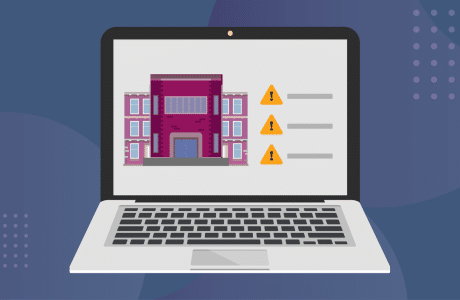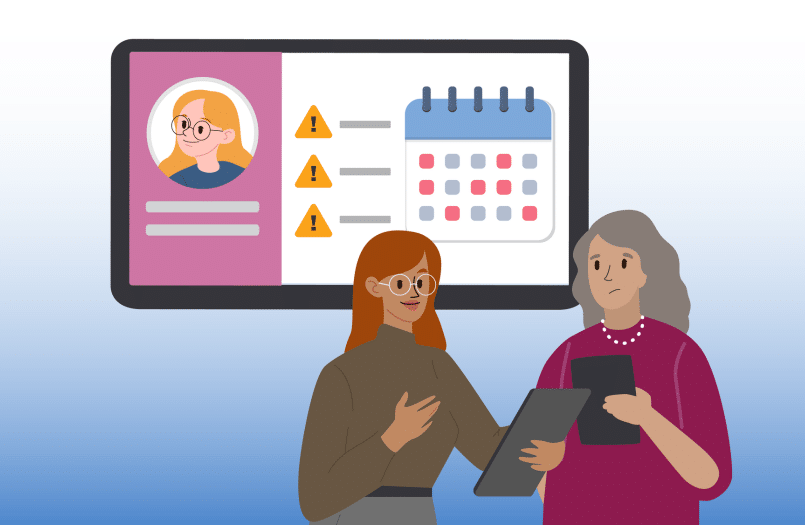Guest Author: Jon Trew
As far back as 2013 Keir Starmer was proposing that the failure to report child sexual abuse should be a criminal offence. This change in the law was one of the recommendations of The Independent Inquiry into Child Sexual Abuse (IISCA). This proposed new offense is contained in the Crime and Policing Bill which is currently at the committee stage. This means that this proposed new law has passed its first and second stages in the House of Commons and now the detail of the legislation is examined more closely at the committee stage.
The proposed duty to report child sexual abuse
So, what do we know about the proposed details of this proposed new offence? Under the Bill, the requirement to report applies only when:
- An individual witnesses a child sex offence.
- An individual sees or hears a recording of a child sex offence.
- Where a child communicates something that would cause a reasonable person to suspect a child sex offence may have been committed.
- The bill would not require reporting in any other circumstances.
Under the proposed bill there would be no obligation to report where an adult (rather than a child) communicates something that creates a reasonable suspicion that another adult has committed an offence.
It must be emphasised that what I have outlined here is the proposals as they stand at this stage of the bill and they could yet be amended or revised.
The impact of mandatory reporting on safeguarding professionals
Many had presumed that this mandatory reporting requirement would include the possibility of a custodial sentence. However, the bill would instead amend the Safeguarding Vulnerable Groups Act 2006 so that “failing to comply with the duty to report is a behaviour that should be considered relevant for considering inclusion on the children’s barred list maintained by the Disclosure and Barring Service [DBS]”.
Therefore, failure to report child sexual abuse would mean that person would not be allowed to work with children or hold a role that requires a DBS check for safeguarding.
Some professionals who work with children may be concerned that the new offense of failing to report could see individual’s scape-goated for a system-wide failure or could discourage volunteers from wanting to work with children. They may be worried that it could make an individual bear the sole responsibility for multiple failures across an organisation. Others are concerned that the bill may lead to defensive reporting – referring any minor concern even when sexual abuse was the most remote of possibilities, overwhelming the Police and Social Services with low level concerns.
Supporting effective safeguarding record keeping
Those who have campaigned for mandatory reporting have referred to the example of New South Wales where a mandatory requirement was introduced and extended to teachers and education professionals in 1987. Data shows a significant increase in the reporting of child sexual abuse while the quality of reports was not diminished.
In the first three months it increased from 69 to 189 with only a slight decrease in the substantiation rate (from 70.4% to 68.8%). They also point out that mandatory reporting exists in the financial services sector where there is a requirement to report suspicions of money laundering, with the possibility of a custodial sentence.
However, the criterion for this offense is quite high. It is generally quite rare for an unequivocal disclosure of sexual abuse to happen. In most case where teachers have concerns about potential sexual abuse of a child, Social Services and the Police need to make further investigation before the threshold required in the Bill would be met.
The role of safeguarding solutions
So, how can safeguarding leads ensure they follow best practice in accordance with the upcoming bill when it comes to protecting children from abuse?
- Maintain full, accurate and clear safeguarding records.
- If you do make a safeguarding referral, record why you made it.
- If you decide not to refer at that time, record your rationale for the decision.
- If you discuss the case with children’s services, you should make a record of the conversation, the final decision made and why it was made.
To ensure your safeguarding records remain secure, organised and complete with relevant evidence, safeguarding professionals must use digital safeguarding solutions.
CPOMS StudentSafe empowers schools and safeguarding leads to effectively log, monitor and manage safeguarding concerns, ensuring a clear and secure record of all actions taken. This streamlined approach not only supports compliance with the upcoming Crime and Policing Bill but also provides a robust audit trail to demonstrate decisions and rationale. By centralising safeguarding processes, CPOMS StudentSafe enables DSLs to act swiftly and confidently, focusing on protecting children while meeting their duty to report.
CPOMS Engage enhances safeguarding further by providing a holistic view of a child’s circumstances through multi-agency collaboration. By integrating and securely sharing information between settings and local authorities, it helps safeguarding practitioners identify patterns and risks, ensuring timely and informed decisions. This broader perspective supports compliance with the Crime and Policing Bill’s mandatory reporting requirements, equipping DSLs with the tools to navigate complex safeguarding scenarios while prioritising the welfare of children.
To discover how tools like StudentSafe and Engage can support your setting in meeting the upcoming duty to report abuse, book a free demo today.



